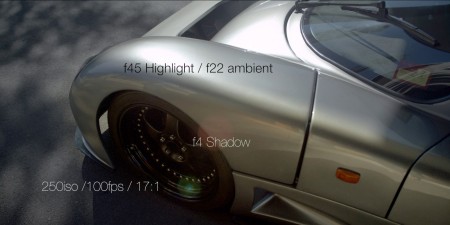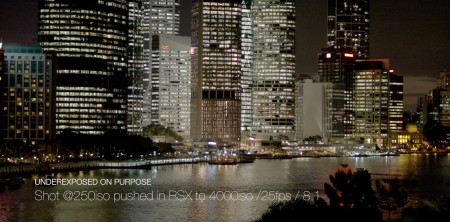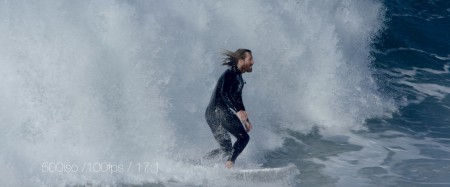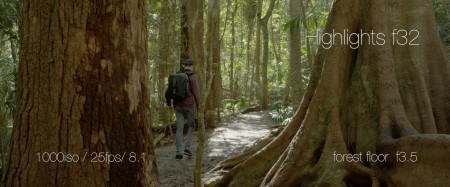Footage from New Red Dragon Sensor
Here we have the first footage made public from Red’s new Dragon sensor. The new sensor is capable of 6K, which is 6144px x 3160px at a max of 100fps. That’s almost more than a 5D mark III which is 5760 x 3840, depending on how you look at the frame size. There was talk on the Epic previously that you could pull stills from the image, which I’ve done, but a 5D III looks much better. With the Dragon sensor this could actually be possible. Meaning any shot from a video pulled off at 21mp, that’s nuts.
There’s a lot going into this, it’s been hyped for a long time and delivery has been pushed back by over a year, but it does look to deliver on a few key things, like improved low light and better dynamic range. Then again, there’s spots that I see in the video where the image breaks apart and the low light looks not that great and the highlights have a less than desirable roll off. It’s a mixed bag at the moment, overall it looks like a big improvement over the previous outgoing Epic MX sensor, we’ll see how it shapes up against competitors like the Arri Alexa and Sony F65. I’d love to go into an analytic chat, but right now I’m going to hold off until I have one in my hand and get to push it around in the computer. 6K is a lot of image, so it’ll be interesting how user-friendly editing with it is. I got in line early for the Dragon sensor upgrade, so possibly some of the future Tycho video / visual stuff will be shot with it and I’ll do a full breakdown for everyone. Supposedly they’ll be doing the sensor swap upgrades in September, so sooner than later!
The notes on the images were baked in by the director, here’s some links to decode what’s going on in each.
Dynamic Range – It’s the amount of range between light and dark. Prior to this sensor, Arri’s Alexa and the Blackmagic cameras we’re at the top, it seems that the new Dragon sensor might be a little more than the Alexa. Then again it takes individual testing to see if that’s true.
ISO – Most digital camera sensors as of this year are native at around 800 ISO ( ASA Film ). The Canon C series of cameras can go all the way up to 16,000 ISO and still be usable. RED Epic used to be maxed out at around 1600 ISO and even then it’s questionable, they’re now trying to go beyond that and get into the DSLR range of ISO sensitivity.
Compression Ratios – Compression ratios on RED clips are the amount of data from RAW ( uncompressed ) it’s using. A clip that has a 4:1 ratio will be larger, but be very clean. A ratio of 18:1 will be smaller in file size, but also more compressed. Think of it as moving the the slider down on a jpeg when you save it for web, it might save file space, but you loose detail. I shoot between 5:1 and 8:1 on the Epic, any more and the image begins to look muddy in my opinion.
The director did a great job of pushing the image around in the short time he had the camera.





4 Comments Leave A Comment
Custom Banner Printing says:
August 4, 2013 at 8:18 pmGreat articles and very interesting… Thanks for posting.
Cheers!
Lowongan Kerja Terbaru says:
August 5, 2013 at 4:10 pmnice for share articles :)
Idekita.info says:
August 6, 2013 at 11:10 amGreat articles and very interesting… Thanks for posting.
jefta says:
August 7, 2013 at 9:49 amgreat article. Thanks Charles.